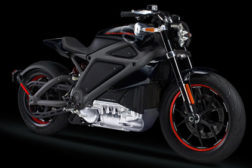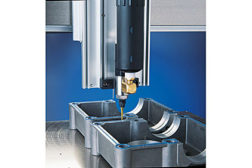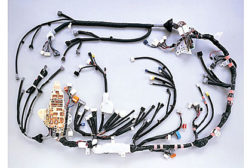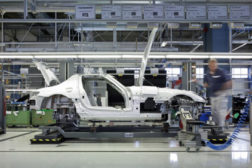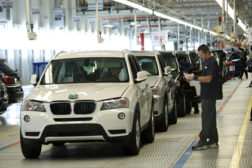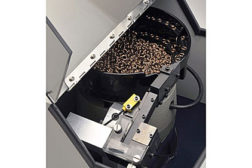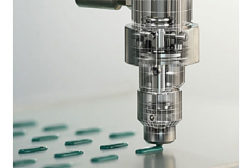Automotive Assembly
Dispensing for Automotive Applications
Automakers have myriad options for dispensing adhesives, sealants, oils and coatings.
July 1, 2014
Wire Harness Recycling
Toyota has developed a new technology for recycling the copper contained automotive harnesses.
July 1, 2014
Robotic Assembly of Automotive Wire Harnesses
New research suggests that six-axis robots can be used to install automotive wiring harnesses.
July 1, 2014
Feeding Nuts and Unconventional Fasteners
Custom design and advanced technology enable feeders to handle a wide range of threaded, nonthreaded and odd-shaped fasteners.
July 1, 2014
Never miss the latest news and trends driving the manufacturing industry
Stay in the know on the latest assembly trends.
JOIN TODAY!Copyright ©2024. All Rights Reserved BNP Media.
Design, CMS, Hosting & Web Development :: ePublishing
